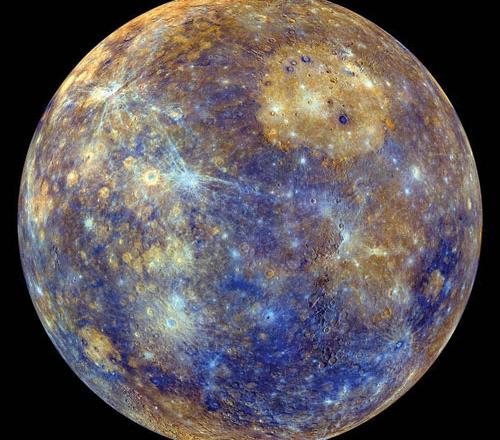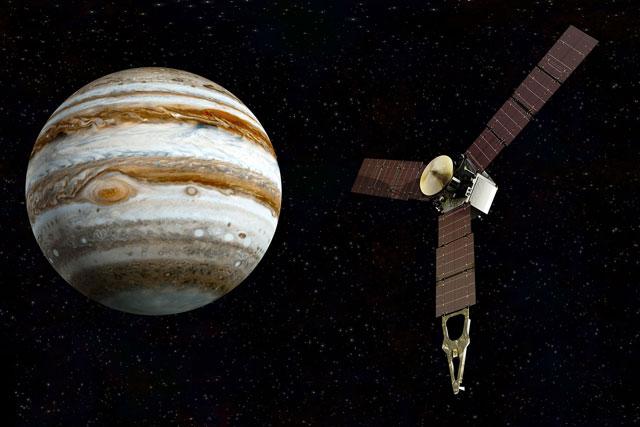You are here
Mercury’s mysterious magnetic past goes back 4 billion years
Jun 06,2015 - Last updated at Jun 06,2015
Los Angeles Times (TNS)
Examining rocks on Mercury’s surface, scientists using data from NASA’s Messenger spacecraft have revealed that the planet probably had a much stronger magnetic field nearly 4 billion years ago.
The findings, published in the journal Science, offer insight into the field’s power source: the liquid dynamo in the planet’s outer core.
Scientists have known that tiny Mercury boasts a magnetic field ever since NASA’s Mariner 10 spacecraft detected it during flybys in the 1970s. But it has been unclear whether the field was a short-lived or long-term phenomenon.
Messenger, which in 2011 became the first spacecraft to orbit Mercury, sought to answer such questions about the sun-seared planet. Even though Messenger crash-landed on Mercury just last week, the data from its four years in orbit are still turning up a trove of fresh information. And before it ran out of fuel, the scientists used the spacecraft’s last reserves to swoop down to extremely low altitudes to better examine some of the features on Mercury’s scarred surface.
For most of Messenger’s mission, the closest the spacecraft’s elliptical orbit took it to the surface was about 200 kilometres. But during the last month or so, the Messenger team took the spacecraft to within 15 kilometres of the planet’s surface, getting an unprecedented close-up.
“It’s quite a risky thing to do because if you get it wrong, you wind up in the planet a little too early,” said study lead author Catherine Johnson, a geophysicist at the University of British Columbia in Vancouver, Canada.
Using its magnetometer, which sits at the end of a long boom to avoid interference from the spacecraft, Messenger measured the magnetic field’s strength and direction at two sites on the planet’s surface, particularly one called Suisei Planitia, a large basin whose name comes from the Japanese word for Mercury.
The scientists found that the smooth plains on Mercury — which are believed to have locked in their magnetic field characteristics when the molten rock solidified about 3.7 billion to 3.9 billion years ago — probably mark what the study calls the “lower bound on the average age of magnetisation”. In other words, the magnetic field is at least 3.7 billion to 3.9 billion years old.
If that time window is accurate, it would raise questions about the evolution of Mercury’s core, the researchers said.
“One of the puzzles these observations leave open is: How would you have driven that early dynamo?” Johnson said.
The churning dynamo could have been powered by super-fast cooling in the core — except that that’s thought to have ended 3.9 billion years ago, before those smooth plains finally set. It could have been powered by the solidifying of the inner core — but that’s thought to have started well after 3.7 billion years ago.
In other words, the magnetic field seems to fall into a temporal doughnut hole during which its power source cannot be explained.
The researchers hope to get to the bottom of this mystery using Messenger’s trove of data, gleaning further clues from the composition of the rocks and signs of past volcanic activity.
Related Articles
The mystery of Mercury’s excessively dark surface may have just been solved.
PASADENA, California — Braving intense radiation, a NASA spacecraft reached Jupiter on Monday after a five-year voyage to begin explor
Beneath its Sun-scorched exterior, the planet Mercury is cooling, which is causing it to shrink ever so slightly, scientists said Sunday.















